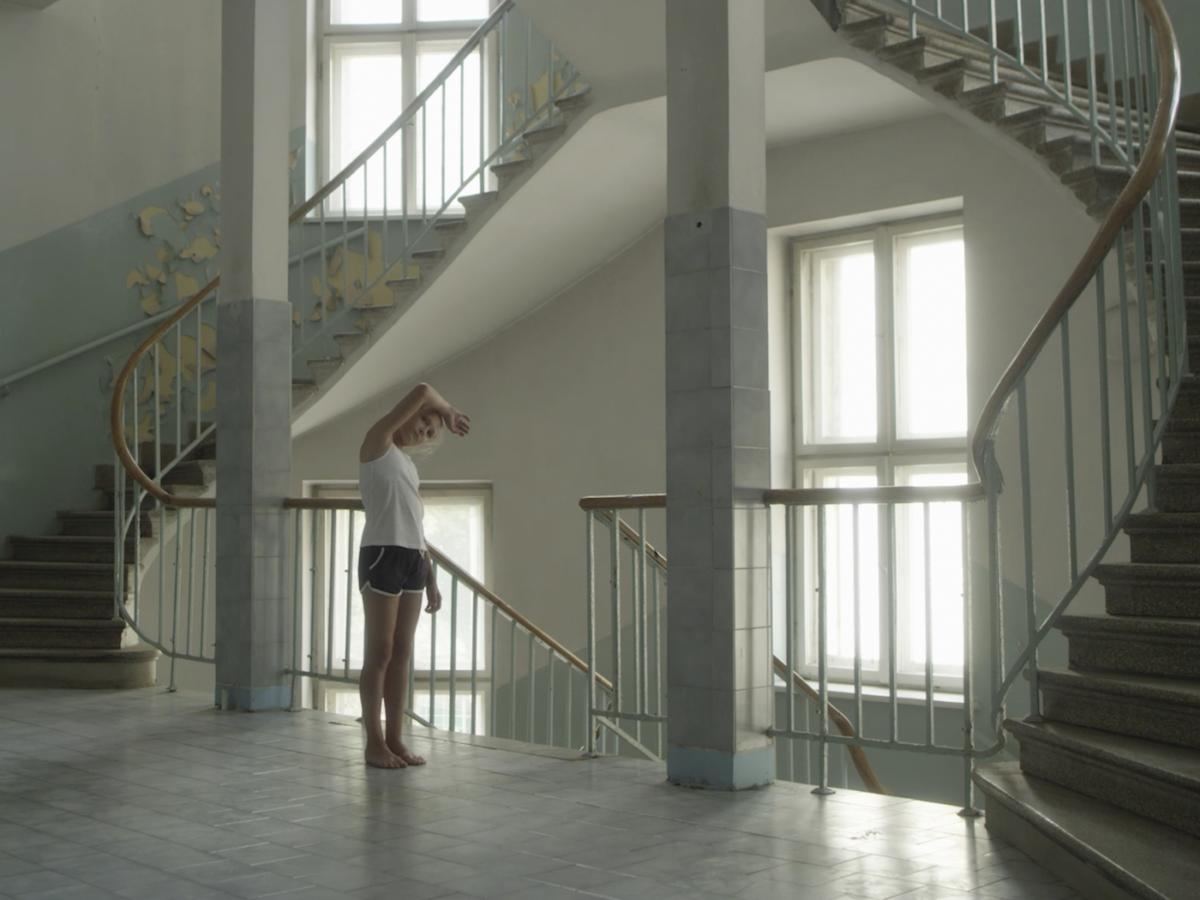
Magdalena Linkowska, Agnieszka Cieślak, Night Of The Reason, Plagues Of The Day
“Three Plagues” exhibition was created as a response of artists to the quote from the book by Ryszard Kapuściński mentioned in its title and in the invitation to the exhibition. This Polish reporter wrote about plagues threatening the world; they are racism, nationalism, and religious fundamentalism. What unites them is “all-powerful, total irrationality”. One can agree or disagree with Kapuściński, argue about the plagues he indicates, putting the emphasis on new global threats such as climate change or excessive depletion of natural resources. In the curator’s assumption, the three plagues of Kapuściński are only a starting point for reflection on contemporary threats. Their common feature, in addition to “all-powerful, total irrationality”, are lack of critical thinking, hatred for others, and blindness leading to violence. We have experienced it more than once in the past and its consequences are going to be visible for a long time for groups and for individuals. In this approach to the topic, works presented at the exhibition are not limited to the area strictly described by the definitions of three plagues identified by Kapuściński. Mentioned threats are complex as such, often go hand in hand, interact with each other, and undergo evolution. Their nature is best studied in a strict historical context.
The exhibition is a result of the need to speak in a situation where extreme, anti-democratic, xenophobic, and fascist moods are intensifying in Poland, Europe, and the United States. These moods are expressed in direction adopted by the governments of some countries under the influence of strong leaders of increasingly numerous right-wing and populist parties, in hate speech that more and more often penetrates the press and media growing into a serious social problem, in referring to the symbols of fascist ideology and in their public manifestation and, finally, in aggression of supporters of nationalist views on the streets. In Poland, the uncertainty about the future of democracy is additionally caused by the attitude of Church, which supports right-wing power, condemns those who fight for equal rights, and tacitly allows intolerance.
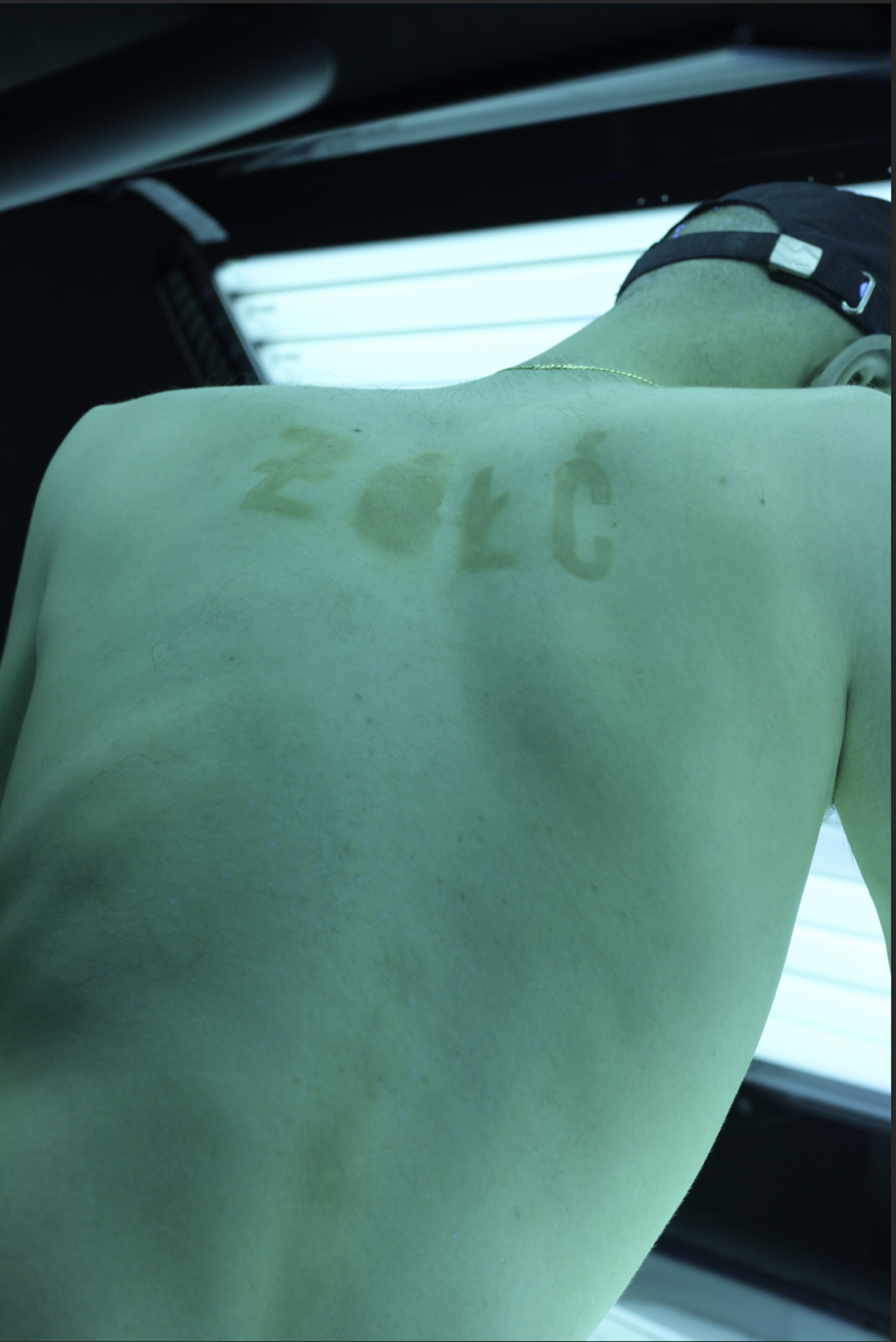

It might seem that after two cruel world wars and after a period of the Cold War and fight for democracy, people would do everything to prevent similar catastrophes from happening again. However, as it turns out, the old demons are waking up with surprising ease. Artists warn against the price we can pay for short-sightedness and inaction. Their works are the result of a reflection on the plague as an impending disaster that changes the environment in a total way, but does so imperceptibly and insidiously. Anxiety about the process of slow absorption by the evil, sinking by the hostile “tide”, that perceived too late is seen as a sudden and irrevocable, appears in the work of Monika Zadurska-Bielak and Tomasz Bielak. Jadwiga Sawicka points to the lack of alertness and attention as well as to the accompanying relaxation. Plague as an excess, addictive void, and fear of its power are the subject of Elżbieta Jabłońska’s video. Whereas, a bitter reflection on the subject of “life after the plague” in the context of transience and death as well as in relation to what remains of man or human masses doomed to extermination is seen in work of Robert Kuśmirowski.
We cannot ignore the signs of misfortune, especially if we know that the threat symptoms appear regularly and intensify. The theme of increasingly aggressive Polish nationalism and fascism is taken by Paweł Althamer, Jarosław Kozłowski, Wojciech Wilczyk, Mariusz Tarkawian, and Łukasz Horbów. Artists sensitive to demonstrations of violence appearing more and more often in the public sphere respond to them univocally. The violence takes various forms from vulgar inscriptions on walls and chanted slogans, through balaclavas and flags with dangerous symbolism to increasingly more aggressive behaviour mainly of men with extreme right-wing beliefs. The artists uncompromisingly comment on the lack of social sensitivity, ignorance of authorities, and the progressing fanaticism of right-wing groups. Marek Wasilewski presents the world that, despite of being aware of the plague of fascism, is still rushing into dangerous direction with the help of biblical quotes and thanks to inspired preachers with uncertain provenance.
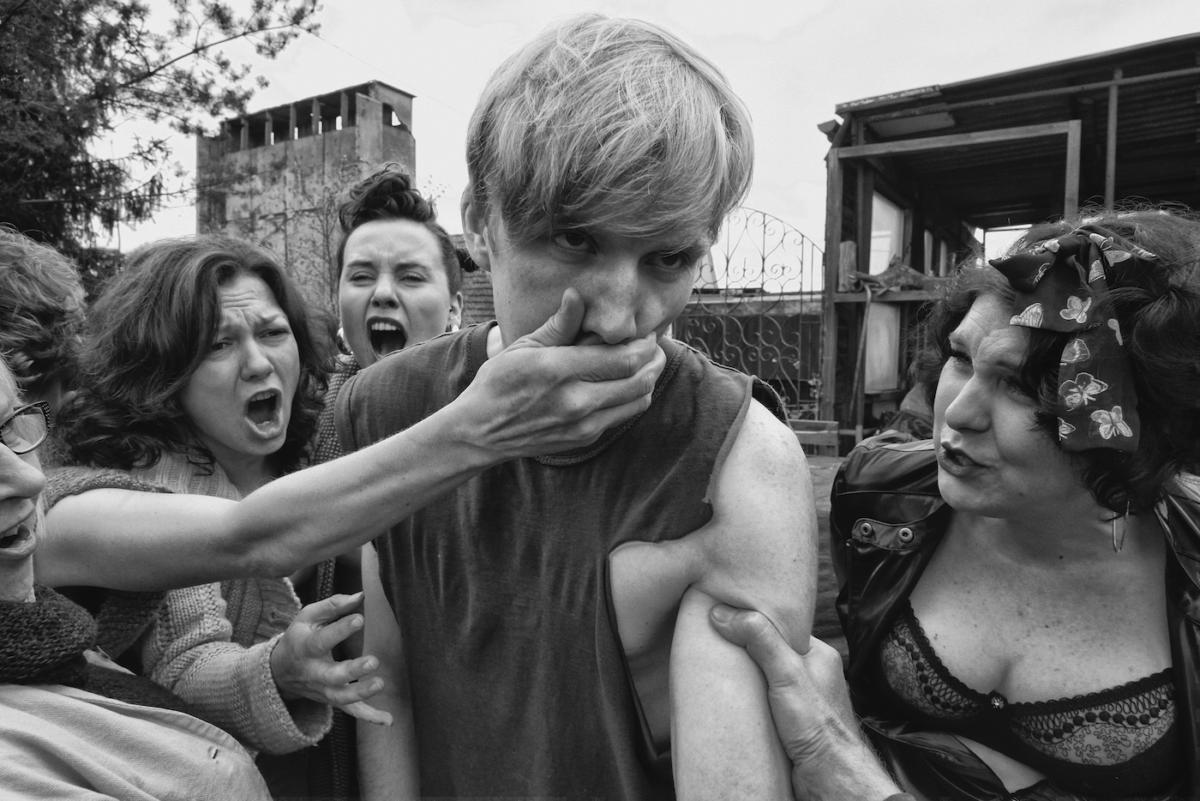
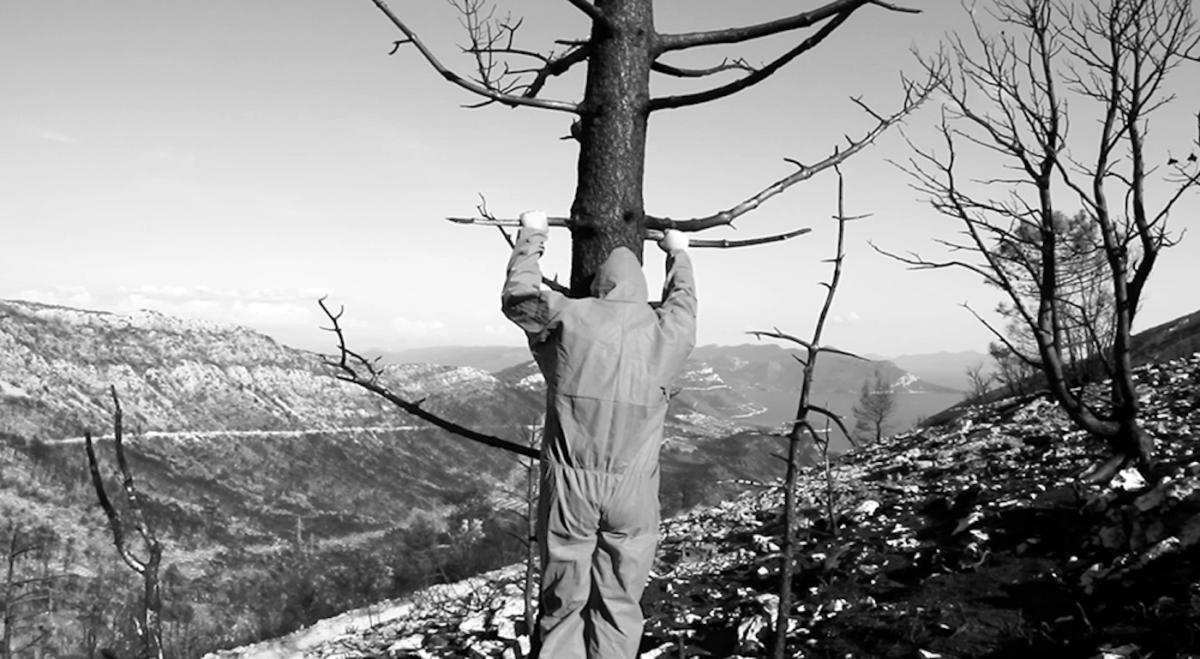
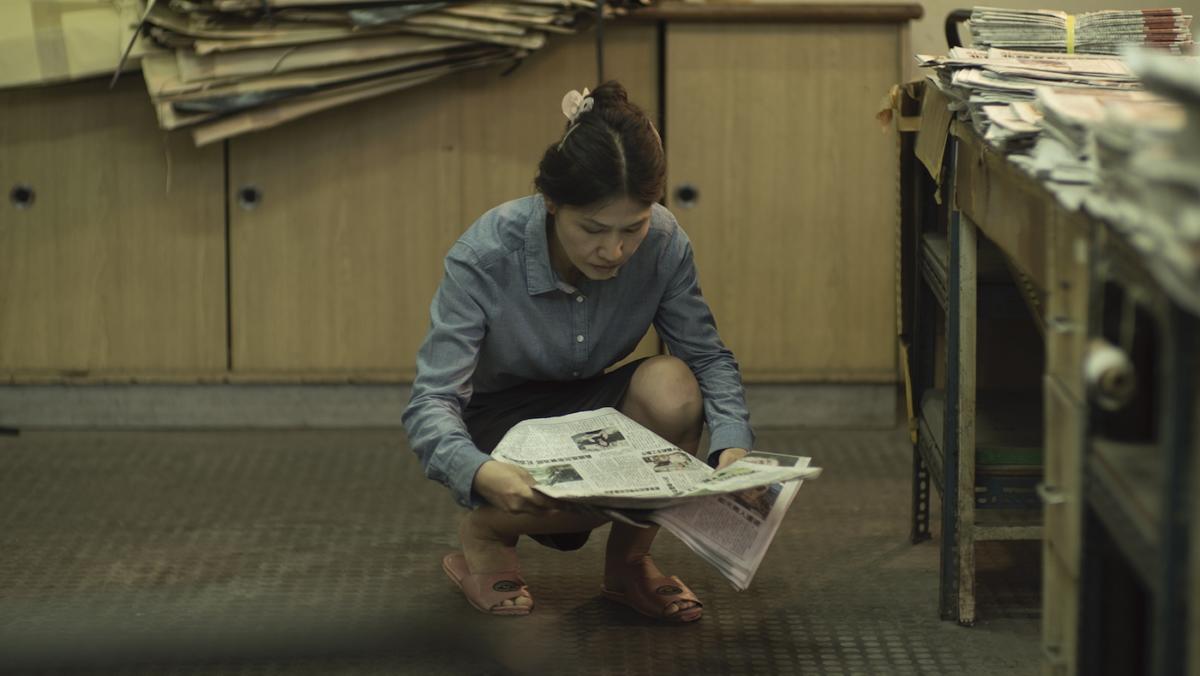
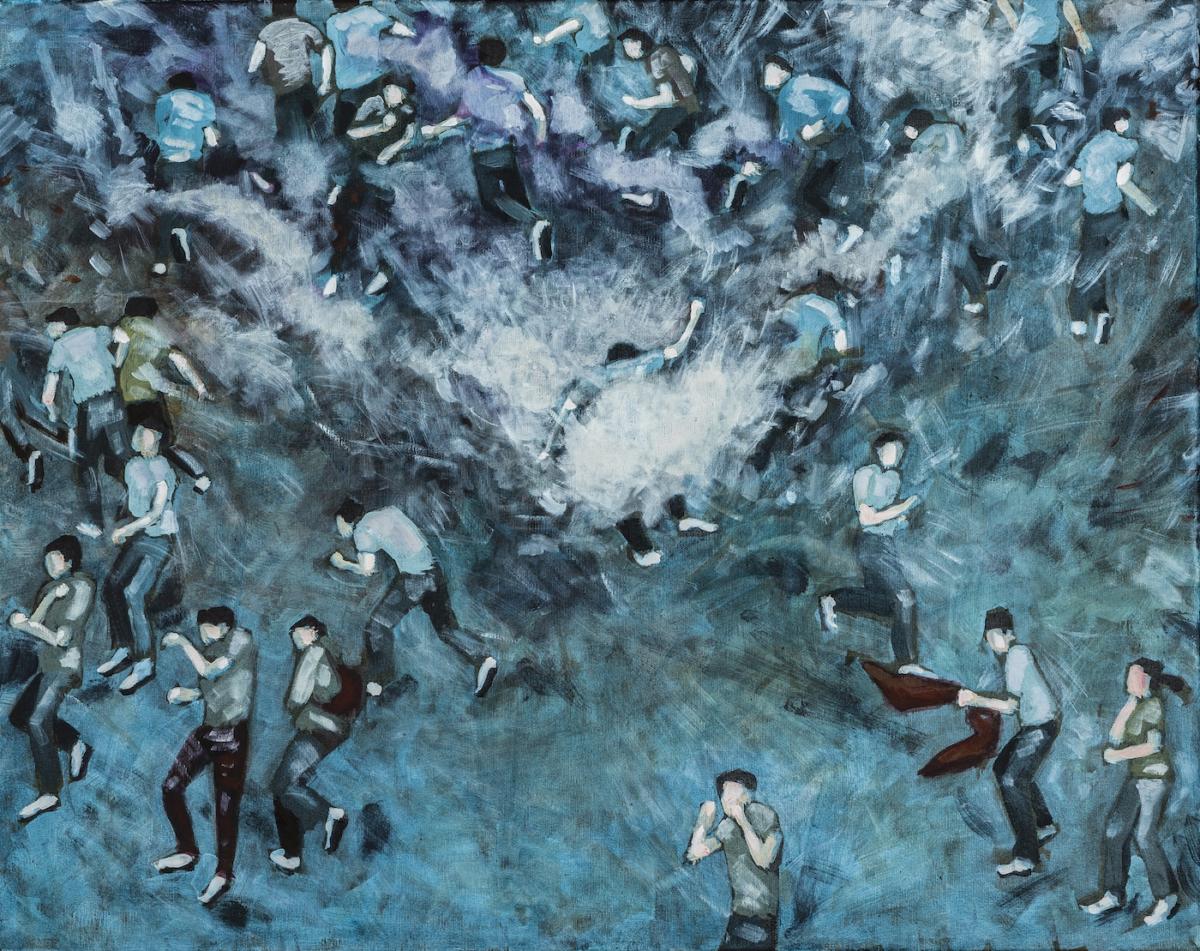



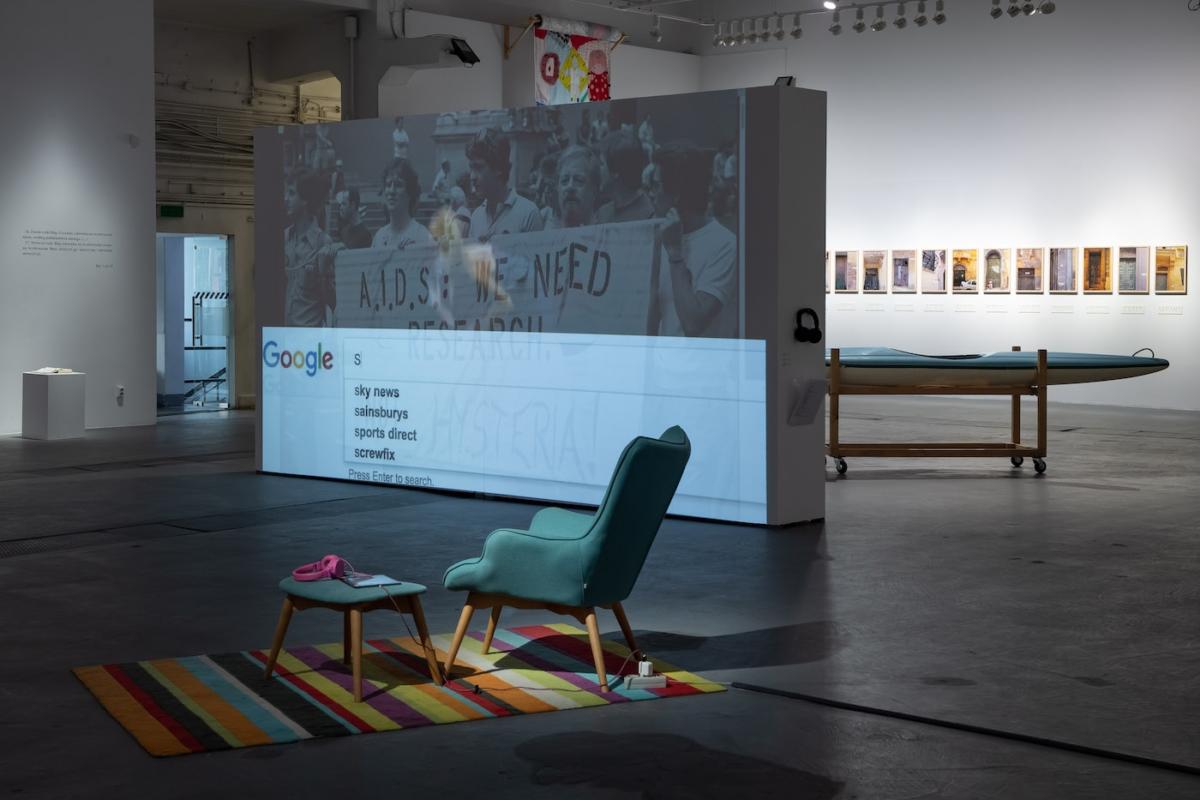
It is also worth to ask a question about instinct of self-preservation, logic of behaviour, and human nature itself. Ryszard Kapuściński, as a common property of the three plagues indicates the all-powerful, total irrationality. It is presented at the exhibition in an ambivalent way. Reason and madness seem to exist as two sides of the same coin and are interpreted by the artists in various contrary ways. It turns out that rationality can, in fact, be irrational and vice versa – irrationality has rational premises, which forces us to critically reflect and ask questions about the definition of normality and the sense of creating artificial divisions in society. The “rebellion of reason” in this context is a counterweight to absolute rationality, discipline and unreflective obedience to logic-based mechanisms and systems. The problem of conflict between madness and reason is raised, among others, by works of Justyna Lach and Agnieszka Mastalerz. The topic of human madness may also be seen in work of Artur Żmijewski. The piece points the lesson that seems to be forgotten by Western civilisation. It is the lesson on eradicating racism, xenophobia, and fear of strangers. The plagues from the title of the exhibition also seem to be consequences of errors inherent in human nature and in human inclinations – they result from both internal and external conditions, which are discussed, among others, by works of Ewa Axelrad and Joanna Rajkowska. Both artists raise the problem of emergence or formation of communities of people based on certain dependencies, specific principles, organised according to specific hierarchies, eventually creating their own tools of discipline and control. In these groups, the rational is intertwined with the ritual, logical organisation is accompanied by crazy ideology. Daniel Kotowski’s work tells about pursuit of power and subordination to others. The artist deals with the human pursuit of dominion not only over its own group, but over the world. A similar topic of human expansiveness, which from a perspective looks like a suicidal leap into space, is mentioned by Interspecies Community. An interesting aspect in the context of human aspirations and human nature is religion. It may be found in video by Katarzyna Kozyra – the work on acute delusional disorder, known as the Jerusalem Syndrome, occurring among tourists and pilgrims visiting Palestine. On this basis, the artist explores issues of faith and reason and need for holiness and contact with God in the context of sudden and incomprehensible susceptibility to complete loss of identity. The issue of religious fundamentalism echoes in this work. The question about God in the context of violence policy and armed conflict appears in works of Hubert Czerepok and Magdalena Hoffy.
Human nature as the cause of the plague, and an individual as the virus are the subject of work by Jacek Malinowski. The artist with irony and sense of humour, tempted to summarise the “Human Project” – an unprecedented event on an inter-epoch scale – seen here as the greatest threat to the planet and human species. It seems that primarily women try to defend the latter. It is yet another topic visible at the exhibition. The character of a woman in political context, and in context of authority. A woman that seeks its strength in discipline and strict control of a female subject – her corporeality, sexuality, or social position – is a research area of feminism and social debate which is getting more intense in Poland and in the world. Works of such artist as Goshka Macuga, Anna Bumgart, and Sylwia Brzyszczyk refer to this topic. Anna Konik’s work on the problem of migration, entirely based on the stories and experiences of women, also raises mentioned problem. At the same time it emphasises the fact how important role in the dynamics of social processes is played by women who try to find a space for themselves in an extremely difficult reality. A similar issue occurs in photographs of Pamela Bożek. Element of female strength and the call for common sense appears in work of Interspecies Community, which is a manifesto about environment and ecology. Solidarity with nature and an appeal to stop world destruction, not by accident, seems to be coming from those who are constantly learning to fight for their own rights, and who have themselves experienced and are still experiencing violence and disregard.
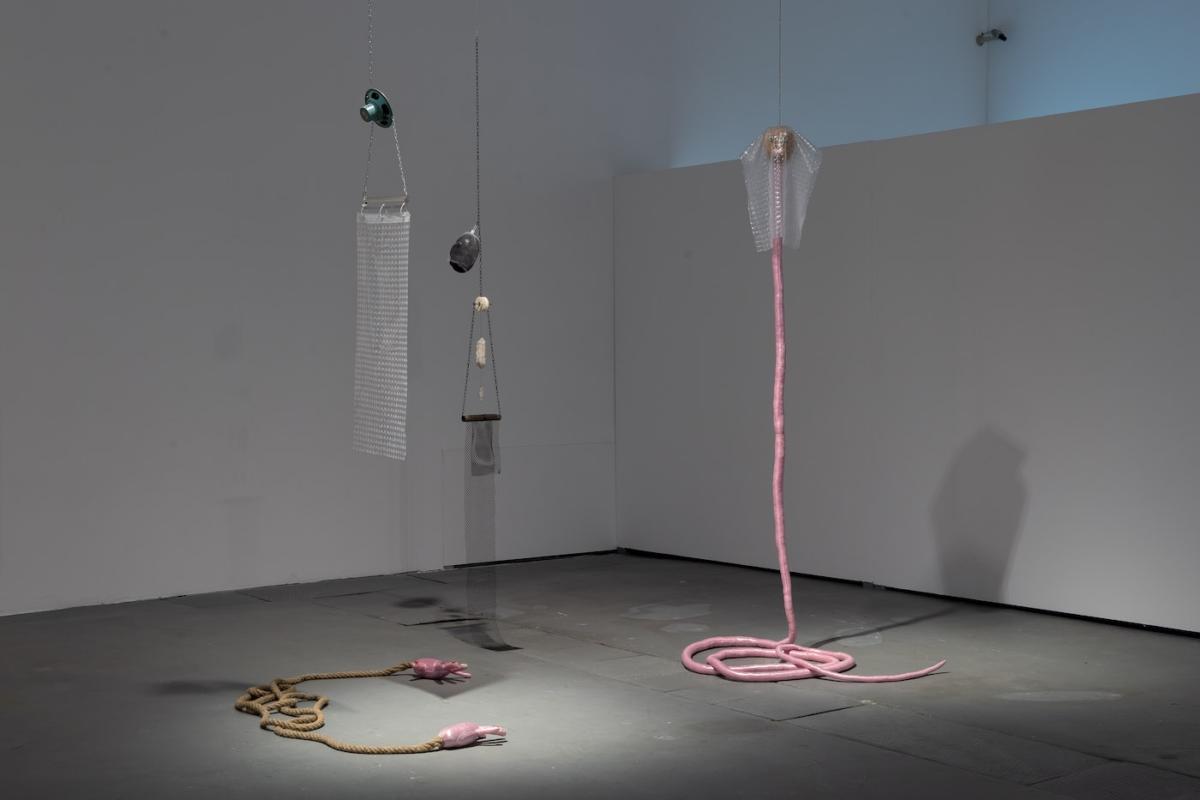
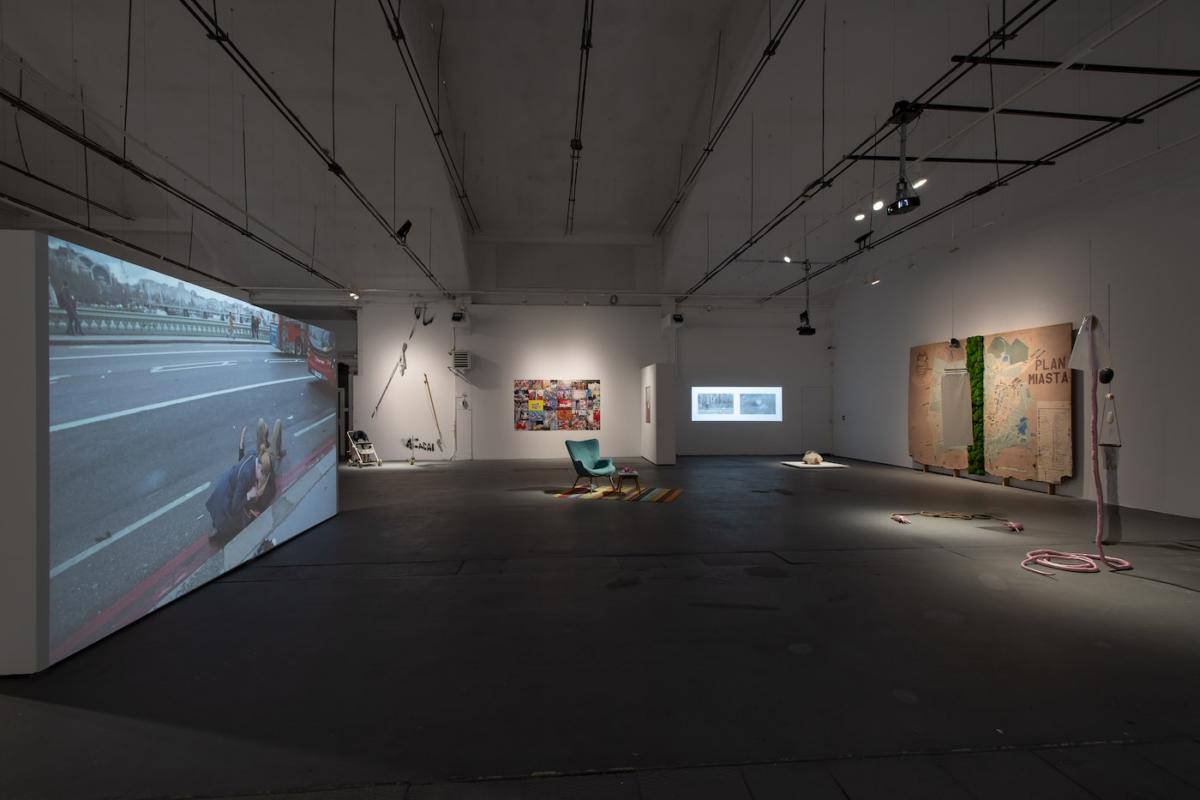
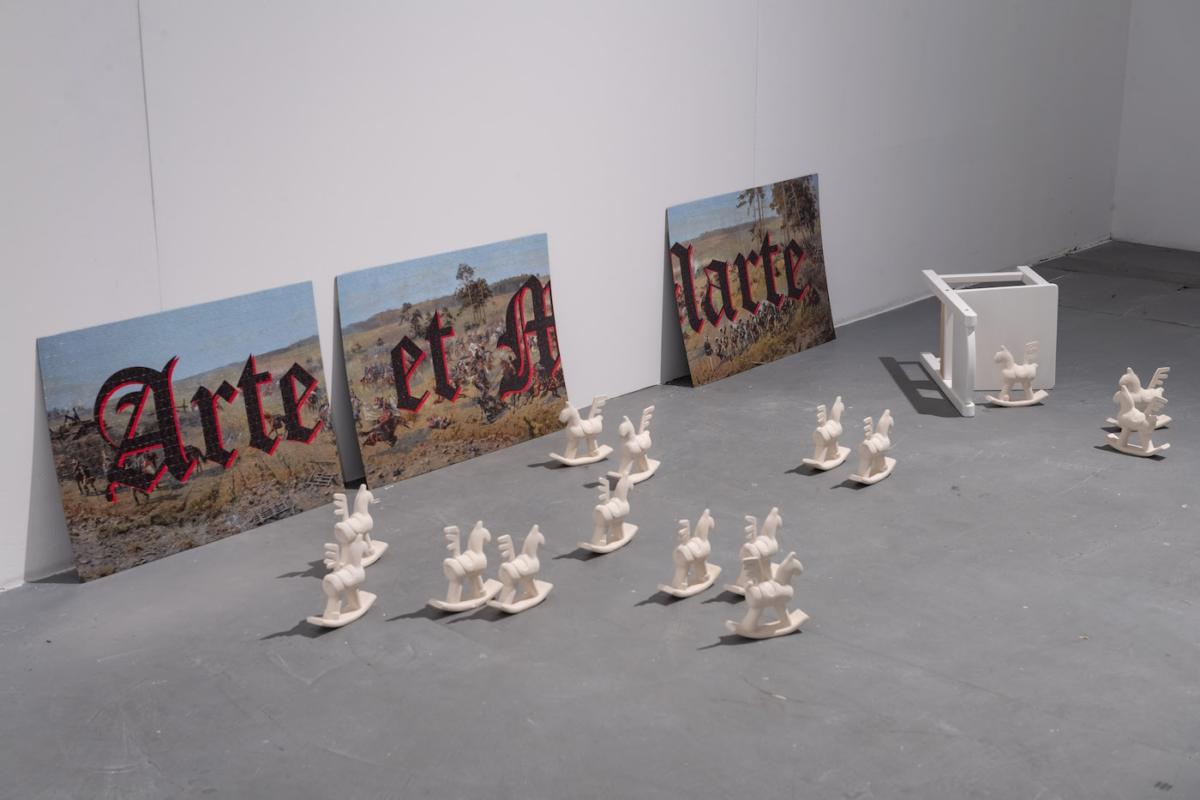

The media play a special role in fight for all rights and fight against violence. The topic of media, along with the issue of mechanisms that govern them, impact on our perception of reality and relations with authorities appear, among others, in works of Barbara Gryka, Piotr Krzymowski, and Zbigniew Libera. Showing a lot of violence, populist slogans, fake news, internet influencers, seemingly unlimited access to information – the media create our world, make us anxious, or on the contrary – put our vigilance to sleep. All this makes us wonder if what we see in press, in television, in computer or in smartphone is, in fact, what it seems to be. At the same time, it is not only about the constantly flowing and undying source of new information, but also about the independence and truthfulness of our informants. This topic is particularly urgent today in our country. Its special but adequate vision is built by works of such artists as Agnieszka Sejud, Agnieszka Polska, Przemek Branas, Karol Radziszewski, Tomasz Bielak, and Dominika Piętak. Poland appears there as a country overwhelmed with madness and chaos, torn between pagan tradition and the specific Polish version of Catholicism, between the myth of Polish hospitality and xenophobia. It is pictured as a country where the inequality of women and men prevails invariably, and where homophobia as well as disbelief in the coming ecological disaster is constantly fuelled by the Church and the right-wing authorities. The question about Polish identity remains an open one. And the Polish word for bile from the work of Branas is a remorse that is still pushed into the sphere of unconsciousness.
All the issues and problems of the present day outlined so far can cause fear, at least in people with a little imagination and those remembering basic lessons from history of the last century. Fear of armed conflict and of what it can bring is another topic of many works at the exhibition. Memory and fear of war with barbarism and cruelty towards victims, women, and children are subject of Dorota Nieznalska’s work. The trauma that remains in the psyche of witnesses of violence and subsequent generations of their children shows how far into the future the traces of hatred reach and how difficult it is later for entire societies to deal with such experiences. The problem is mentioned by works of Aleksandra Liput, Agnieszka Mastalerz, and Janek Simon. Dorota Podlaska, on the other hand, shows conflict and struggle as permanent states in human history. People led by strong feelings and emotions still revolt, fight for themselves, are always right, regardless of the number of positions and differences of views. On the other hand, the same people are equally dangerous as humiliated and brought up to “sit quietly” when they overtake dictators’ expectations with their behaviour and solidifying conformism, becoming passive tools forging all fascisms. Discipline and fear fuelled in people, a kind of training by the authorities resulting in self-censorship and a lowered head are the subject of reflection in works of Karolina Breguła and Jarosław Kozłowski. In this context, the sound work by Mirosław Bałka, which complicates the problem of simple divisions between executioners and victims is an awkward work on moral obligation of civil disobedience and the issue of collective and individual responsibility for the reality. Gustaw Maj’s work related to urban guerrilla practices and urban activism in a light and deceitful way also speaks about disobedience, disagreement, and an attempt to confront reality. Although, disobedience here may be associated more with youthful rebellion, its psychological aspect is priceless. Without this element, art would be only propaganda, and education would be only training. This is, after all, well reflected in work of Marianna Grabska.
The topics from the exhibition that are sketched here can be multiplied as usually. Works of many artists give the possibility of further interpretations and construction of various dependency maps. What seems important to us today is, apart from defining and verbalising individual problems, threats or “plagues”, the need or the necessity to use “form”, artistic quality to build a common language of resistance. Anti-war and anti-fascist themes have surprisingly rich history. Artists and representatives of the world of culture successively spoke against violence and they do it also nowadays. Their activities, exhibitions, works, and actions can be traced on the pages of the Anti-Fascist Year. “Three Plagues” exhibition is also a part of this celebration. Following them and being full of belief in the value of culture and joint action, we speak against violence and for democracy.
Imprint
| Artist | Paweł Althamer, Ewa Axelrad, Mirosław Bałka, Anna Baumgart, Tomasz Bielak, Przemek Branas, Karolina Breguła, Hubert Czerepok, Elżbieta Jabłońska, Anna Konik, Jarosław Kozłowski, Katarzyna Kozyra, Robert Kuśmirowski, Zbigniew Libera, Goshka Macuga, Jacek Malinowski, Dorota Nieznalska, Dorota Podlaska, Agnieszka Polska, Karol Radziszewski, Joanna Rajkowska, Jadwiga Sawicka, Janek Simon, Mariusz Tarkawian, Marek Wasilewski, Wojciech Wilczyk, Wspólnota międzygatunkowa, Monika Zadurska-Bielak, Artur Żmijewski, Pamela Bożek, Sylwia Brzyszczyk, Marianna Grabska, Barbara Gryka, Magdalena Hoffa, Łukasz Horbów, Daniel Kotowski, Piotr Krzymowski, Justyna Lach, Aleksandra Liput, Gustaw Maj, Agnieszka Mastalerz, Dominika Piętak, Agnieszka Sejud |
| Exhibition | Three Plagues |
| Place / venue | Galeria Labirynt, Lublin |
| Dates | September 1 – November 11, 2019 |
| Curated by | Agnieszka Cieślak, Magdalena Linkowska |
| Website | labirynt.com/en |
| Index | Agnieszka Cieślak Agnieszka Mastalerz Agnieszka Polska Agnieszka Sejud Aleksandra Liput Anna Baumgart Anna Konik Artur Żmijewski Barbara Gryka Daniel Kotowski Dominika Piętak Dorota Nieznalska Dorota Podlaska Elżbieta Jabłońska Ewa Axelrad Goshka Macuga Gustaw Maj Hubert Czerepok Jacek Malinowski Jadwiga Sawicka Janek Simon Jaroslaw Kozlowski Joanna Rajkowska Justyna Lach Karol Radziszewski Karolina Breguła Katarzyna Kozyra Łukasz Horbów Magdalena Hoffa Magdalena Linkowska Marek Wasilewski Marianna Grabska Mariusz Tarkawian Mirosław Bałka Monika Zadurska-Bielak Pamela Bożek Paweł Althamer Piotr Krzymowski Przemek Branas Robert Kuśmirowski Sylwia Brzyszczyk Tomasz Bielak Wojciech Wilczyk Wspólnota międzygatunkowa Zbigniew Libera |
